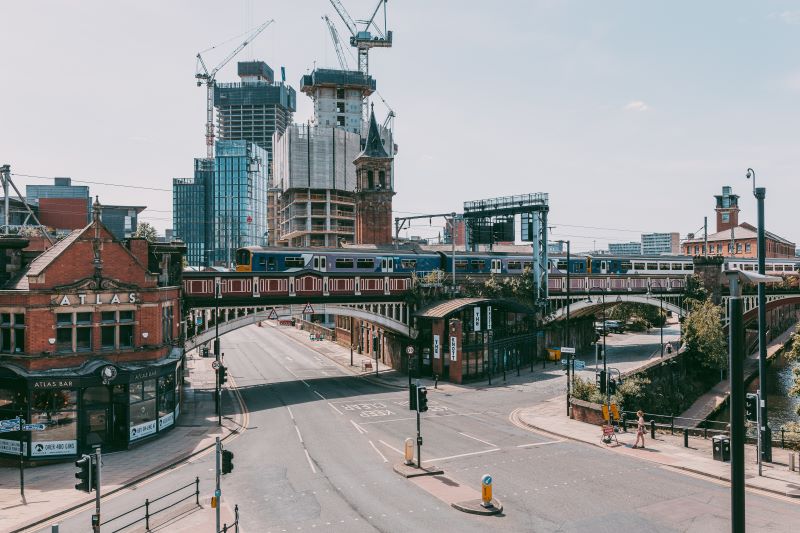Manchester in Great Britain | photo by Joe Cleary from Unsplash
In 2016, Manchester was awarded the European City of Science title Luke Georghiou – champion of Euroscience Open Forum (ESOF) in 2016, told us what the process of organising the celebration of such a large event looked like and presented the benefits of being awarded the ECS title for cities.
PRZEMYSŁAW KOWAL: What was it like to organise the European City of Science event? What was the most challenging thing?
LUKE GEORGHIOU: We set up a dedicated team for this aspect and engaged experienced science popularisers from our University and beyond (for example the Science and Industry Museum) to lead on this. We were also able to build on and amplify the existing Manchester Science Festival. From the point of view of sponsorship there were companies and other bodies with a particular interest in something visible in the city. For example, Siemens who have a long association with the city sponsored one of the most prominent activities – The Robot Orchestra, where children were guided to make robot instruments out of recycled components. This has continued and spread as a concept.
PRZEMYSŁAW KOWAL: How much impact did the event have on the city? What has changed about it?
LUKE GEORGHIOU: The brand of European City of Science was clearly beneficial to the city. It helped the leaders to embark on a more active strategy of promoting science and innovation as a key part of the city’s heritage and future and arguably was an element in laying the foundation for our current status as national leaders in having autonomous policies and national research facilities located outside the capital region. Some key elements started in the context of city of science have continued and grown nationally and internationally. For example the central event, the Bluedot Festival held at the Jodrell Bank Observatory just outside the city combines music acts (in the ESOF year Jean-Michel Jarre was the headline act with science tents, artworks and talks and is held annually (Covid years excepted). The Great Science Share for Schools was designed for ESOF and has grown to be an international event in 31 countries with over half a million pupils engaged.
PRZEMYSŁAW KOWAL: What did ESOF mean to you?
LUKE GEORGHIOU: It was an unforgettable experience and I was also privileged to be able to assist in the organisation of the two subsequent and excellent iterations. I have been involved as a speaker/panellist in most of the rest of them. I will remember the ESOF conference for a long time.
PRZEMYSŁAW KOWAL: What was it like to organise the ESOF conference? What was the most challenging thing? What gave you the most satisfaction?
LUKE GEORGHIOU: The most challenging aspects were raising the funding needed and mounting a major European event weeks after the Brexit referendum. The hugely positive contribution of Commissioner Carlos Moedas was a turning point in preventing this from casting a dark shadow over the event. The greatest satisfaction came from hearing many brilliant people speak and/or perform and seeing that a large majority were truly enjoying themselves! Apart from the lectures I gave, I also contributed by writing the article called „Riding the tsunami”, which I wrote for „Research Europe”.






